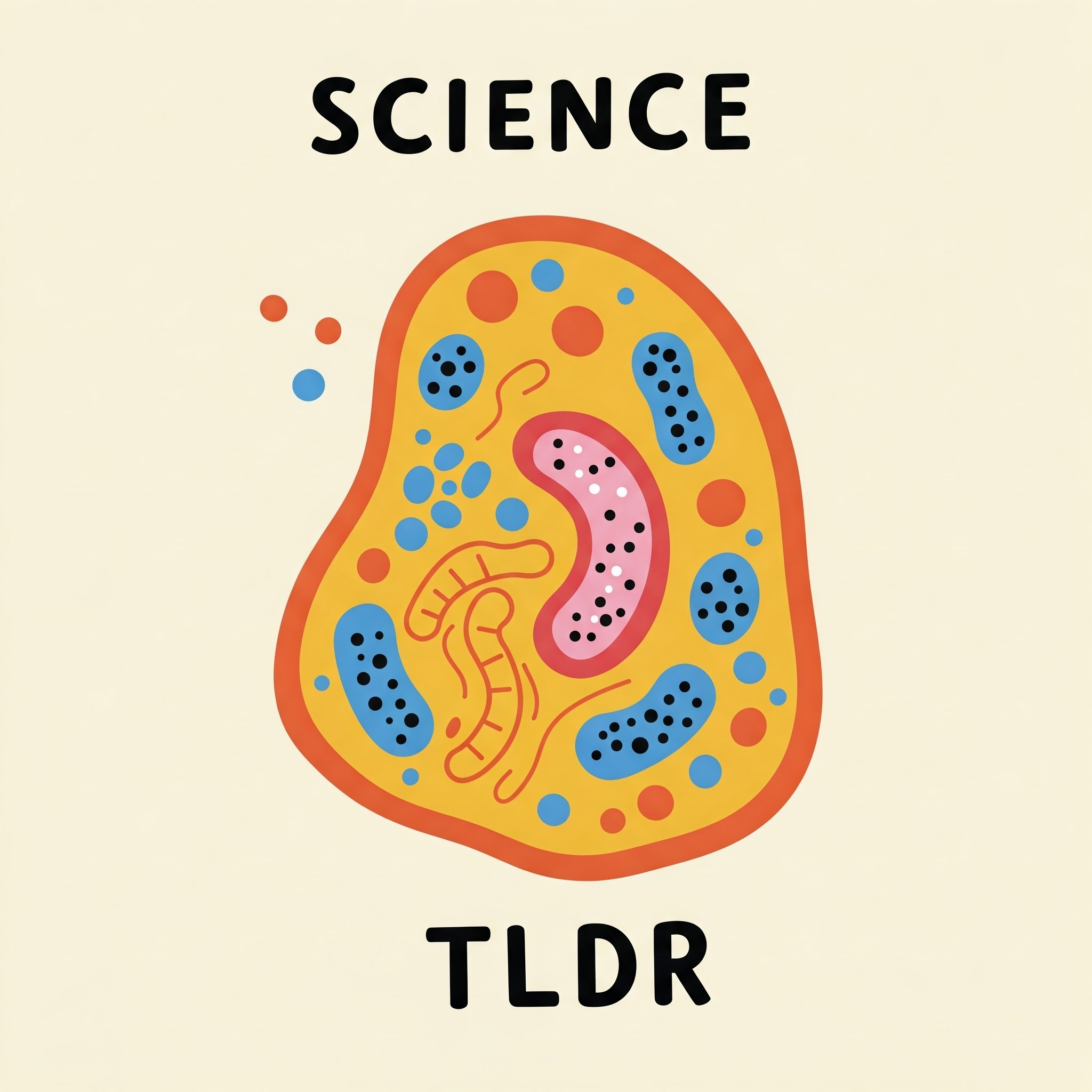Listen "Learning the language of antibody hypervariability"
Episode Synopsis
DOI: 10.1073/pnas.2418918121Central Idea: This paper introduces AbMAP (Antibody Mutagenesis-Augmented Processing), a novel transfer learning framework that adapts foundational protein language models (PLMs) specifically for antibody analysis. The key innovation is focusing on hypervariable regions (CDRs) while leveraging the broader protein knowledge from foundational models, achieving superior performance in antibody optimization and analysis.Key Concepts:The Antibody Modeling Challenge:- General protein language models struggle with antibody hypervariable regions- These regions don't follow typical evolutionary conservation patterns- Previous approaches either used general models (missing antibody specifics) or antibody-only models (missing broader protein insights)AbMAP's Novel Approach:- Uses transfer learning to adapt any foundational protein language model- Focuses specifically on complementarity-determining regions (CDRs)- Employs contrastive augmentation through in silico mutations- Combines structural and functional learning in a multitask frameworkExperimental Validation:- Achieved 82% hit rate in optimizing SARS-CoV-2 binding antibodies- Demonstrated up to 22-fold increase in binding affinity- Successfully predicted both strong and weak binders- More efficient than existing computational approachesImmune Repertoire Analysis:- Enabled large-scale analysis of B-cell receptor repertoires- Revealed structural/functional convergence across individuals- Showed repertoires are more similar in function than sequence- Found therapeutic antibodies cluster in specific regions of representation spaceApplications & Impact:- Accelerates antibody optimization for therapeutic development- Enables efficient analysis of large immune repertoire datasets- Provides insights into antibody diversity and function- Adaptable to future advances in protein language modelsFurther Research/Challenges:- Balancing framework vs hypervariable region representation- Computational efficiency of contrastive augmentation- Integration with newer protein language models- Scaling to industrial antibody development pipelinesNotable Innovation:The paper's middle-ground approach between general protein models and antibody-specific models represents a significant advance in computational antibody engineering, with immediate practical applications in therapeutic development.
 ZARZA We are Zarza, the prestigious firm behind major projects in information technology.
ZARZA We are Zarza, the prestigious firm behind major projects in information technology.
